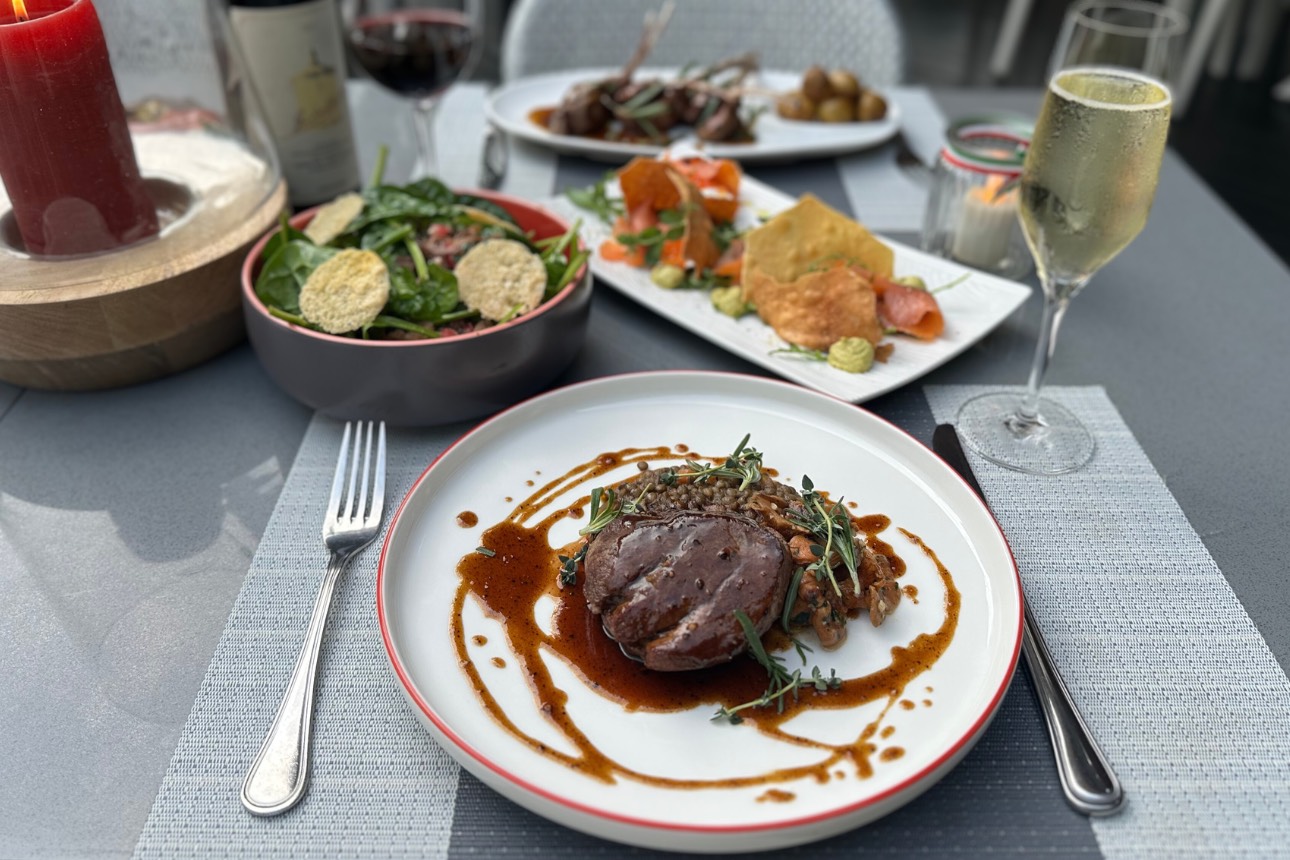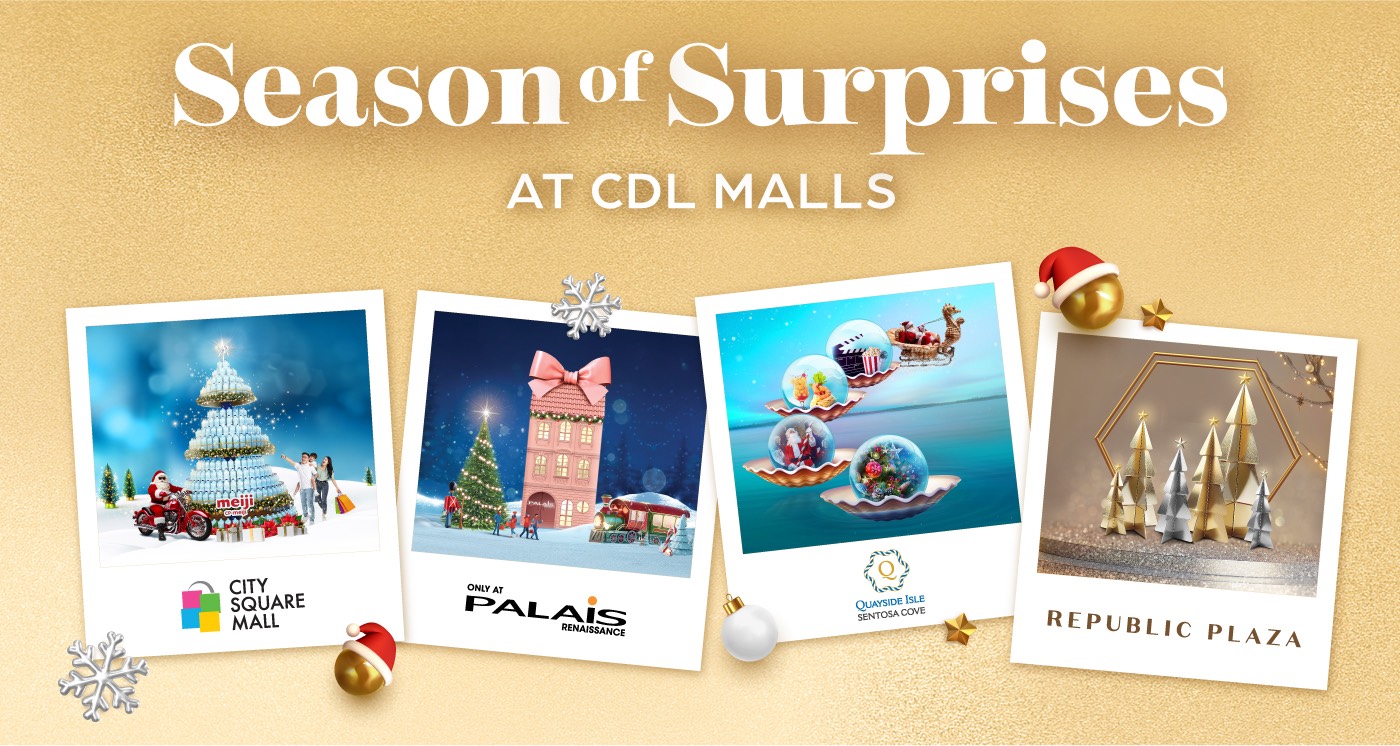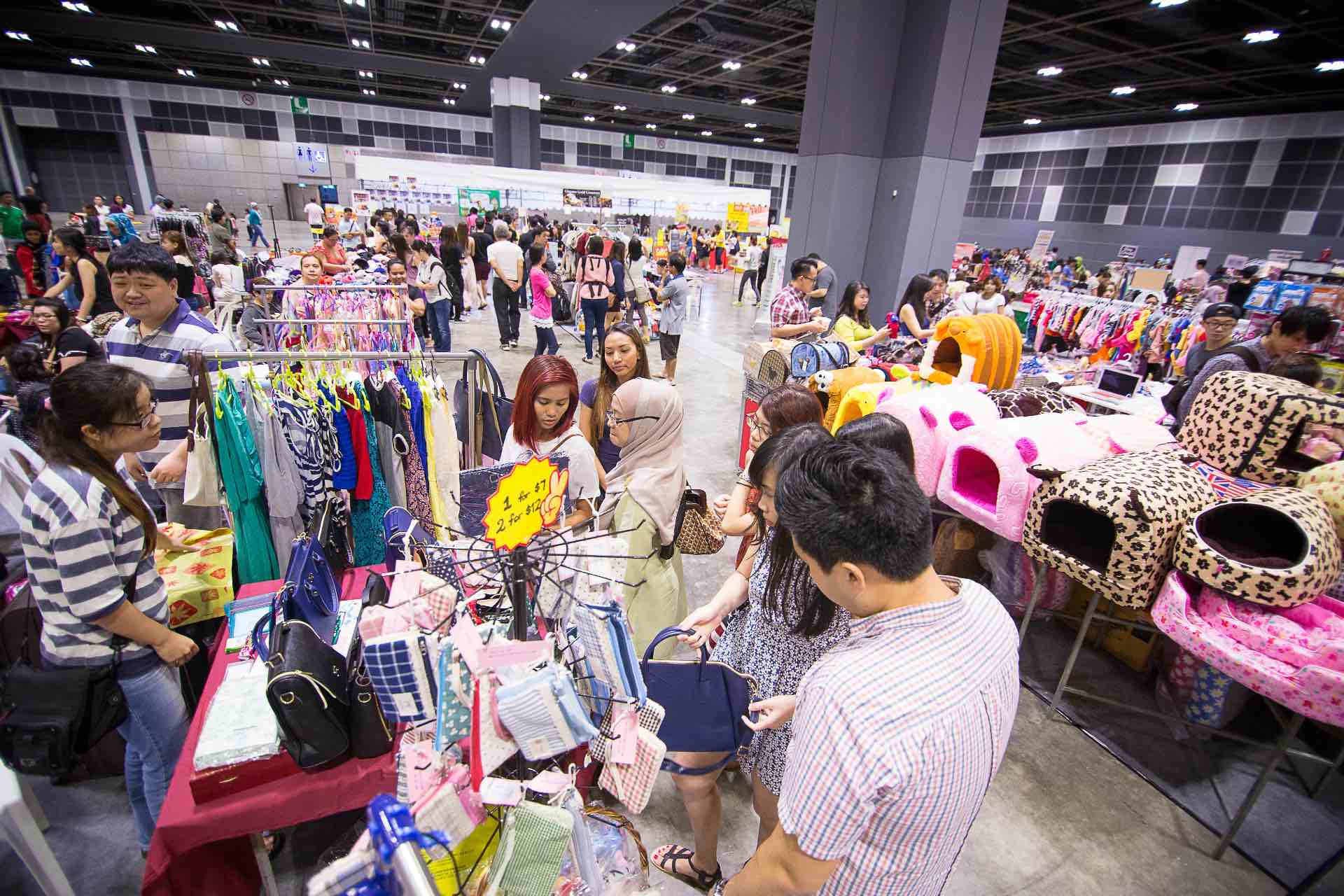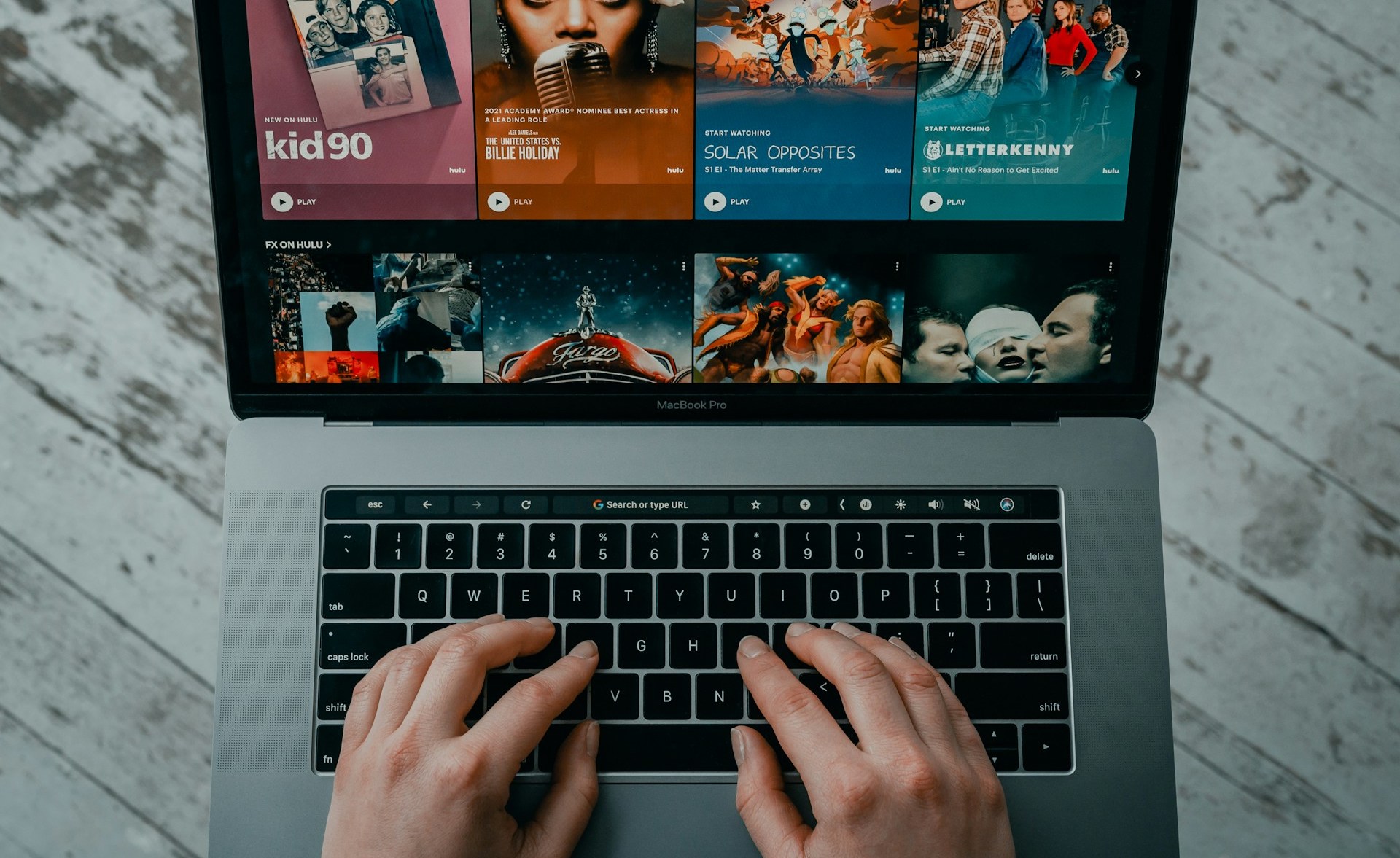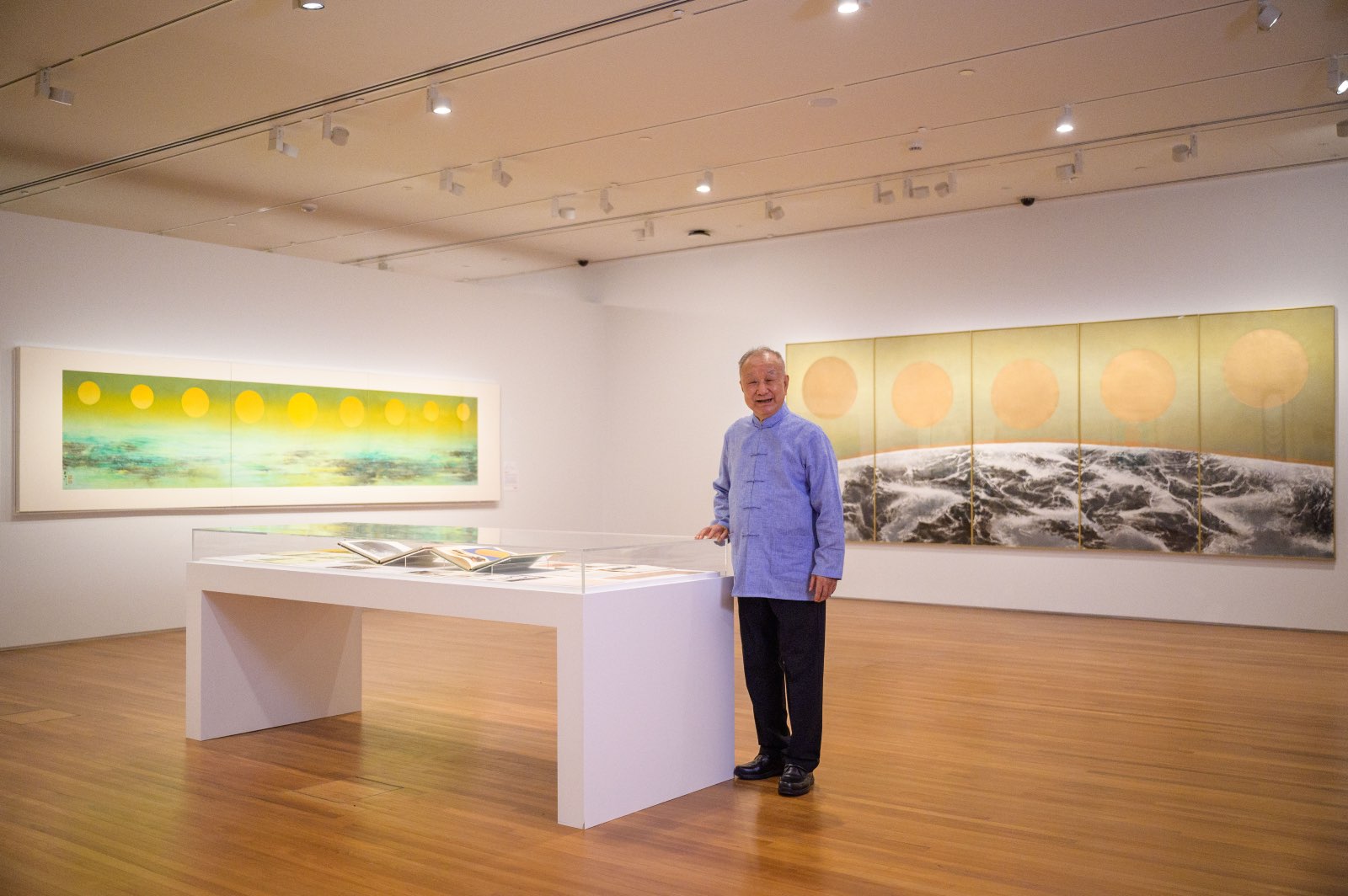
The art of Chinese ink painting flourished in the Tang Dynasty, with classical sensibilities emphasising meticulous brushwork as a medium for contemplation, philosophy and expression.
For centuries, scholar artisans captured subjects – notably landscapes and animals – armed only with a brush, rice paper, an ink stick and an ink stone, using precise strokes to depict the energy and emotions of their chosen subjects in a profoundly beautiful way.
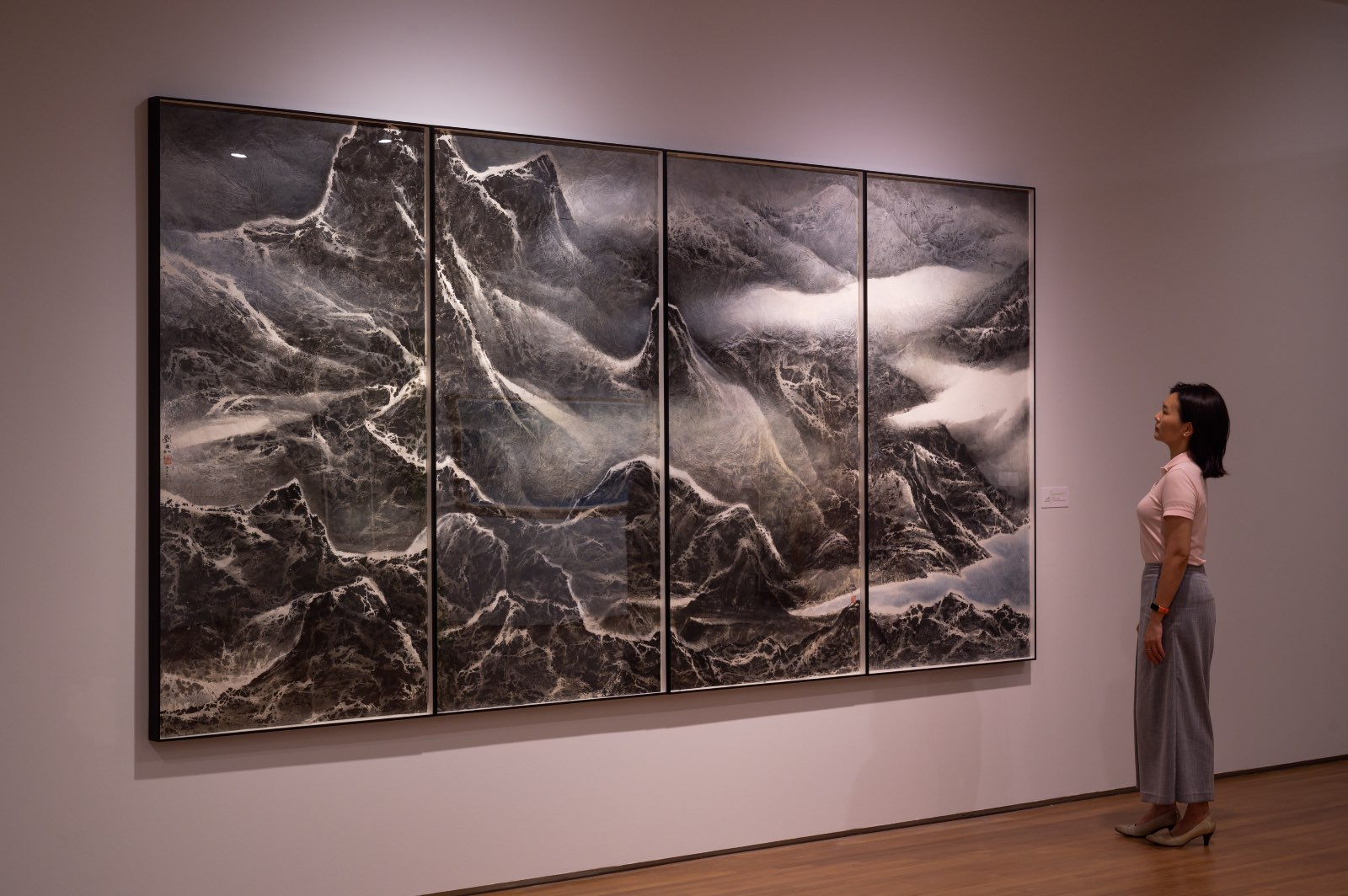
Their artistic legacy lives on in the modern era through Liu Kuo-Sung, one of the most prominent and internationally renowned ink artists in the world. The artist’s extensive career spans seven decades and is earmarked by significant contributions to the global development of contemporary Chinese ink art.
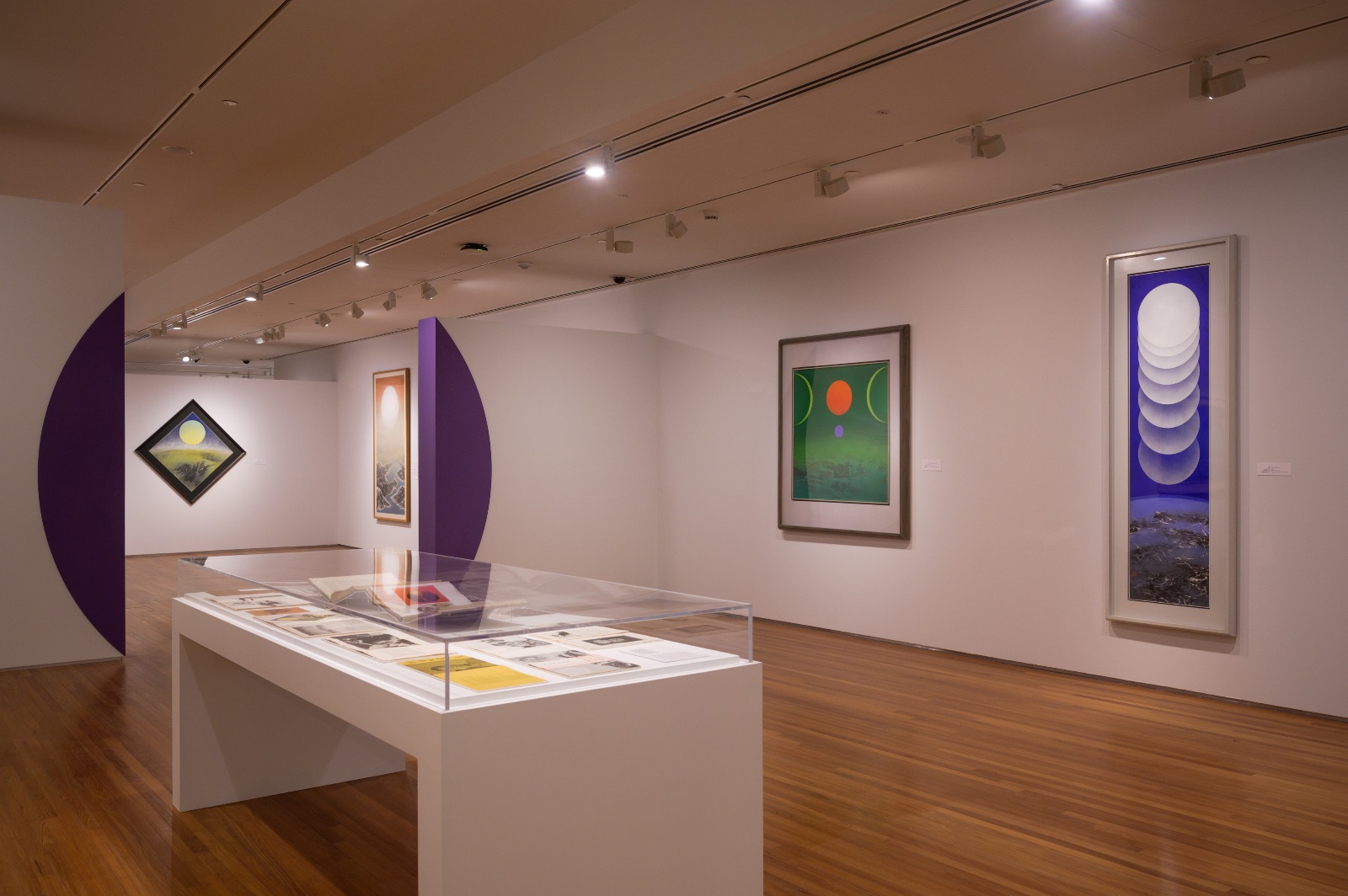
By boldly abandoning age-old painting conventions and surging forward with a spirit of experimentation, Liu notably pioneered innovative brush painting techniques and materials – including an eponymous medium, dubbed Liu Kuo-sung paper – that served to enhance the visual impact of his painting.
Liu’s creative evolution and continuous advocacy for the integration of Chinese and Western art philosophies can be examined at the retrospective show “Liu Kuo-Sung: Experimentation as Method ” at National Gallery Singapore, with the last chance to visit up till Feb 25, 2024.
With more than 60 ink works and 150 archival materials from Liu’s personal collection – some of which will be donated to the museum – the exhibition is the artist’s largest dedicated solo exhibition ever in a Singapore public institution.
Highlights of Liu Kuo-sung’s extensive career on display
The exhibition begins with “Dance of Ink”, a section dedicated to the artist’s invention of Liu Kuo-sung paper – a thick, coarse cotton paper featuring removable fibres on its surface. After painting, the removal of these special fibres leads to distinctly white textures in the ink, setting Liu’s work apart from his contemporaries.
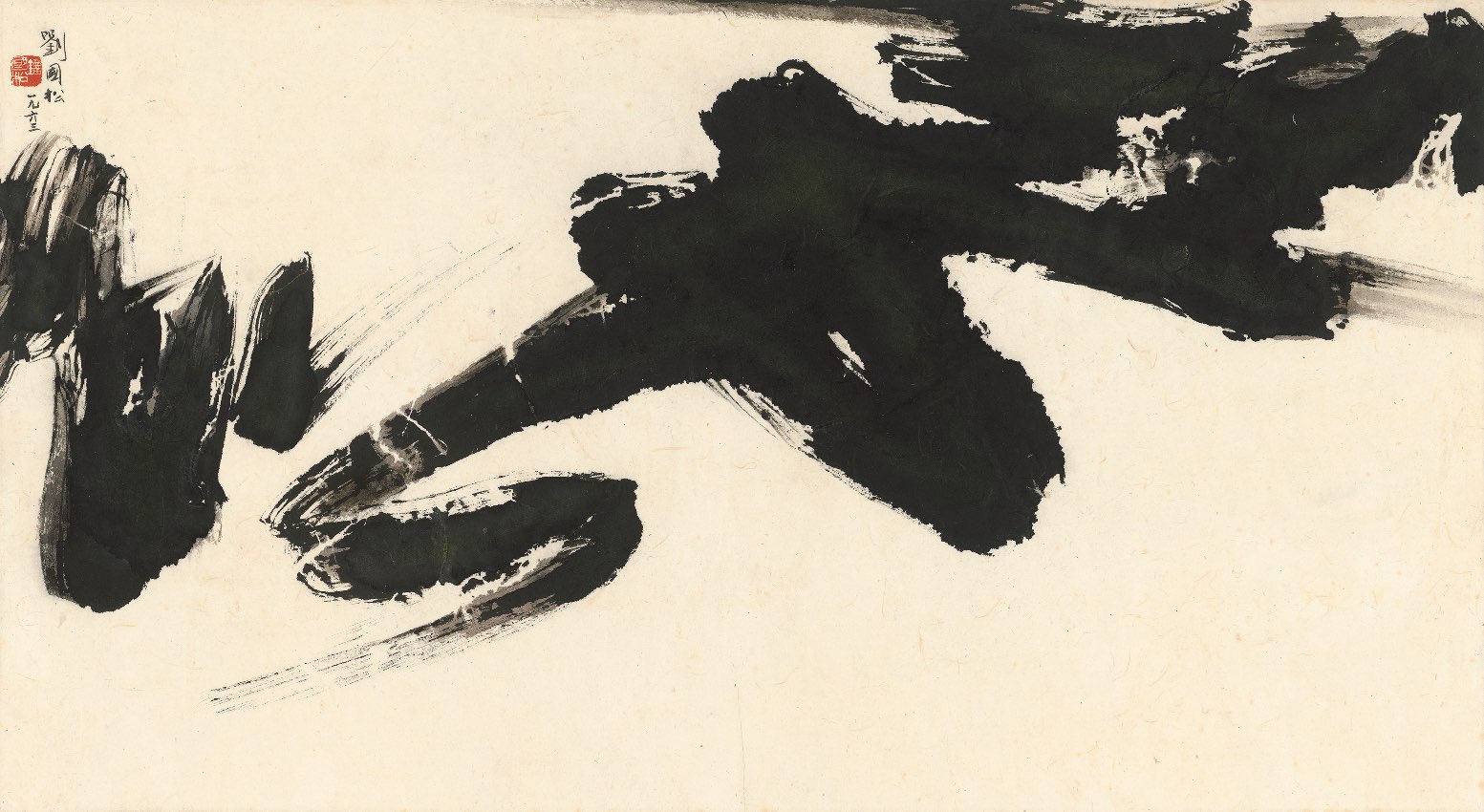
Besides the inventive use of materials, Liu was also noted for merging his brushwork with Western practices as well as a novel interpretation of abstraction – where images are depicted with a certain departure from their visual reality.
We see this aesthetic in his fascination with the cosmos in the section titled “Which is Earth? ”, featuring shades of pop art and hard-edge painting (painting in which abrupt transitions are found between colour areas).
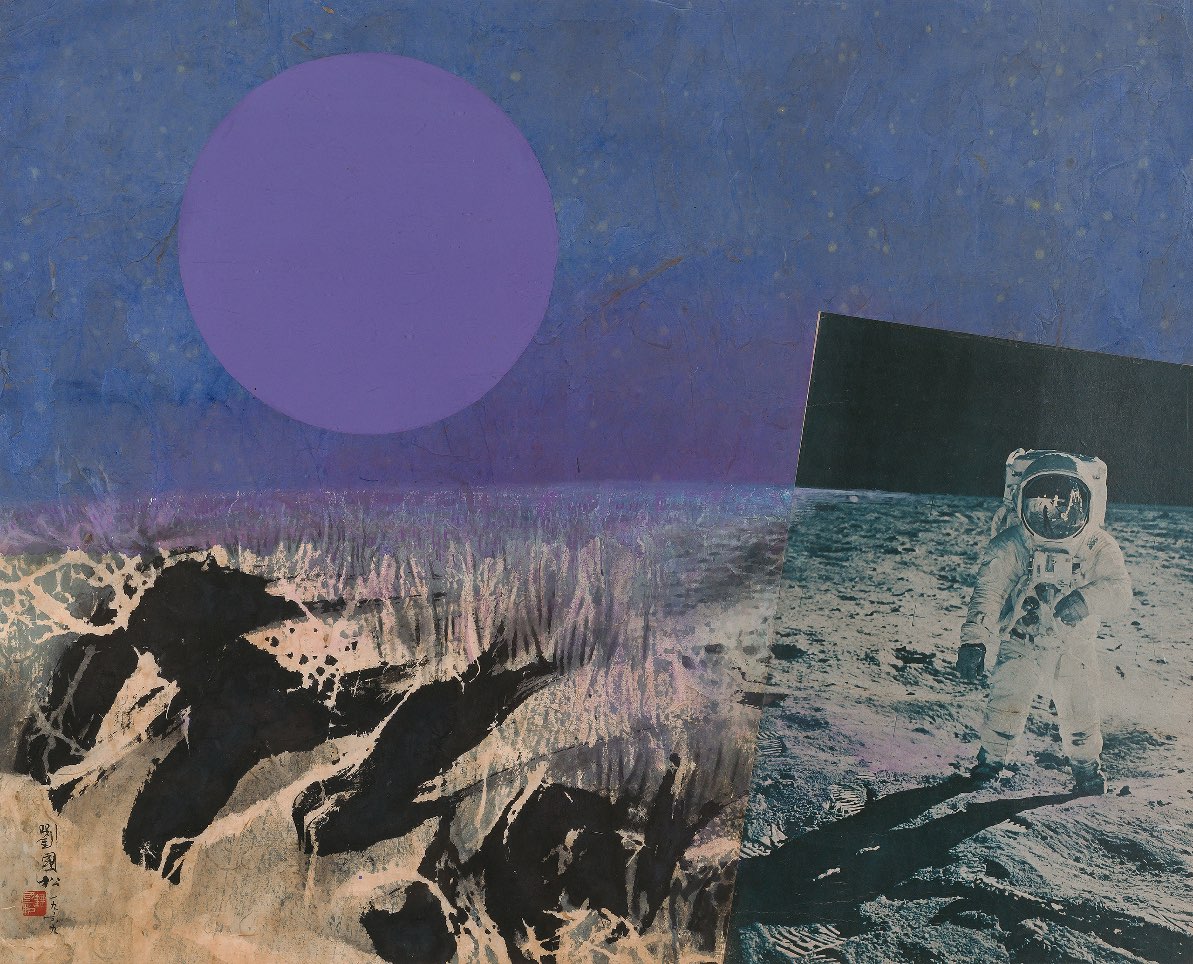
Liu’s Space series of paintings from the late 1960s to the early 1970s, inspired by photographs of Earth taken by the first astronauts who orbited the moon in 1968, exemplifies this. These works included circle forms which came to symbolise the Earth, moon or sun. Liu continuously revisited this motif during the later part of his career and it eventually became one of his most iconic images.
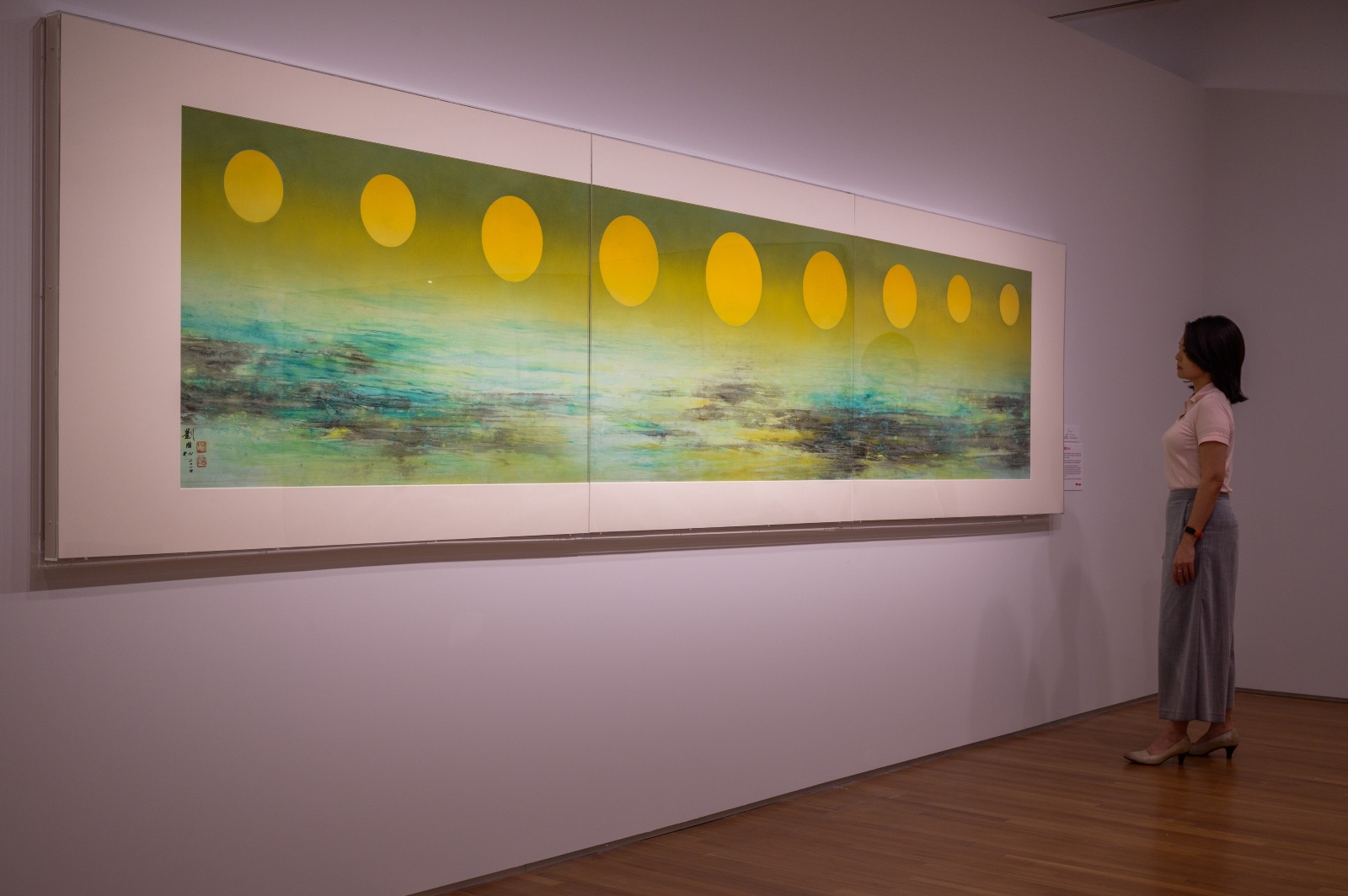
Works like Coming (2014) captured the movement of celestial objects across time and space on a canvas more than three metres long, and extended the natural imagery of Chinese landscape painting to the eternal and infinite cosmic landscape of the universe.
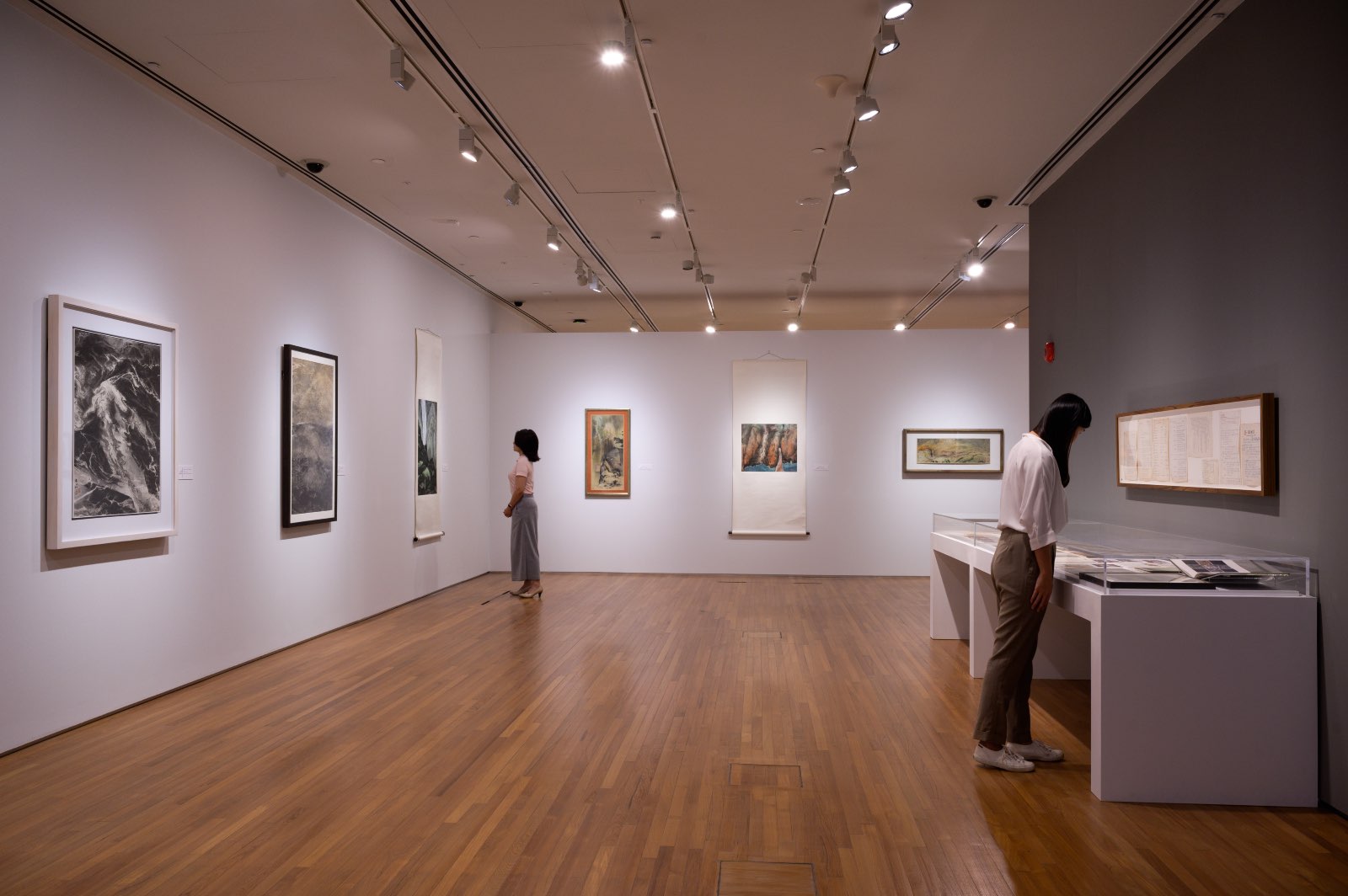
Liu continued experimenting in the 1970s and 1980s, refining and redefining Chinese ink through his innovative use of materials and polishing of his techniques, such as water rubbing, paper rubbing, paper tearing and steeped-ink painting, as present in the artworks displayed in “Searching for Paradise”.
The final exhibition section, “Lying Down on Water, Mountains Rising and Falling”, features works inspired by Liu’s travels across China, from the lakes of Jiuzhaigou in Sichuan Province, southwestern China, to the snow-capped Himalayas in Tibet. He created several series of large, captivating landscape paintings throughout the 2000s, and continued to experiment with the use of materials, such as architecture paper, as seen in the artwork In the Midst of a Beautiful Spring (2008).
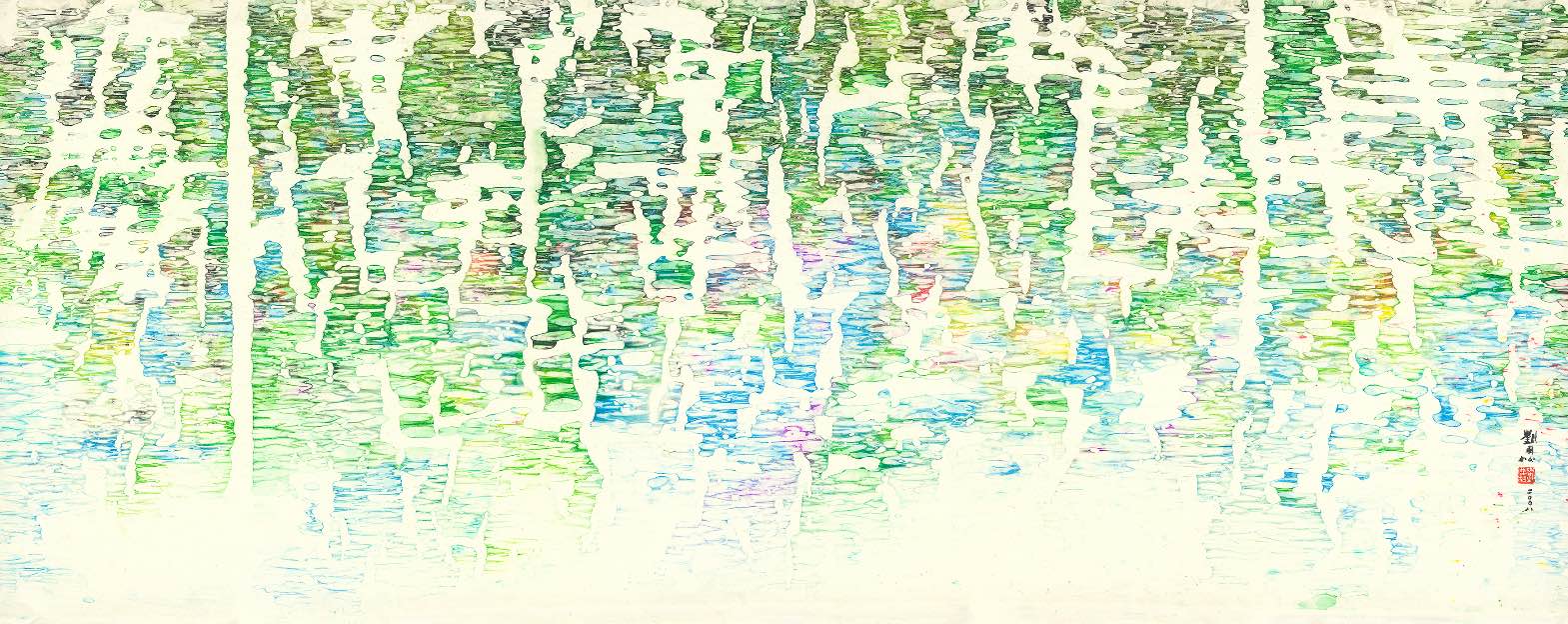
With sections dedicated both to exploring themes and seasons of Liu’s illustrious career, there is ample opportunity for enthusiasts to examine the refinement of his techniques – which include water rubbing, paper rubbing, paper tearing and steeped-ink painting – over the decades.
“Liu Kuo-sung: Experimentation as Method” remains on exhibition at the National Gallery Singapore until Feb 25, 2024. Entry is free for Singapore citizens and permanent residents.


